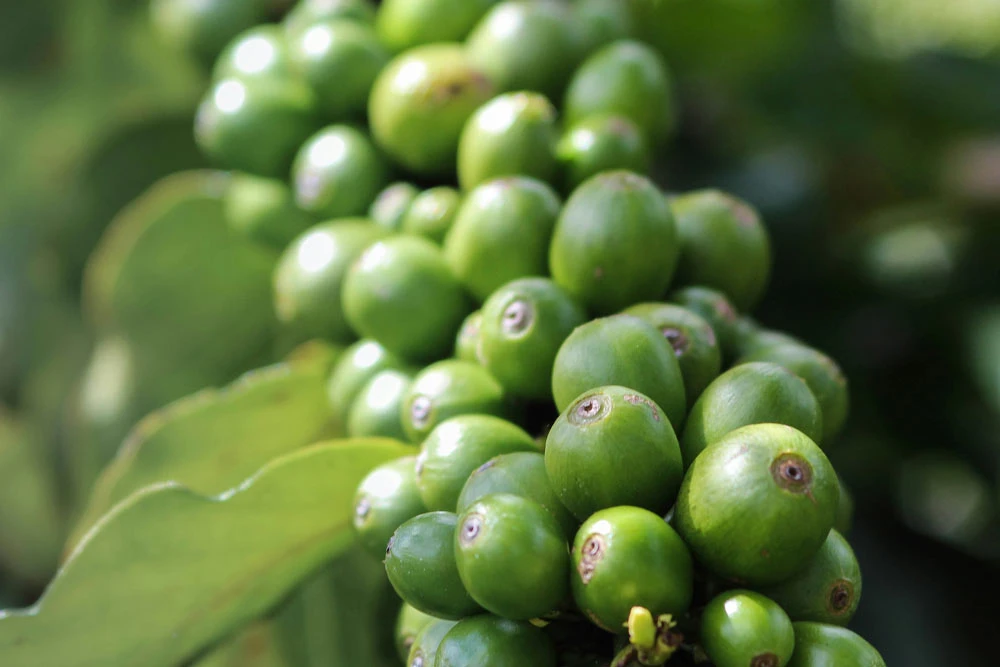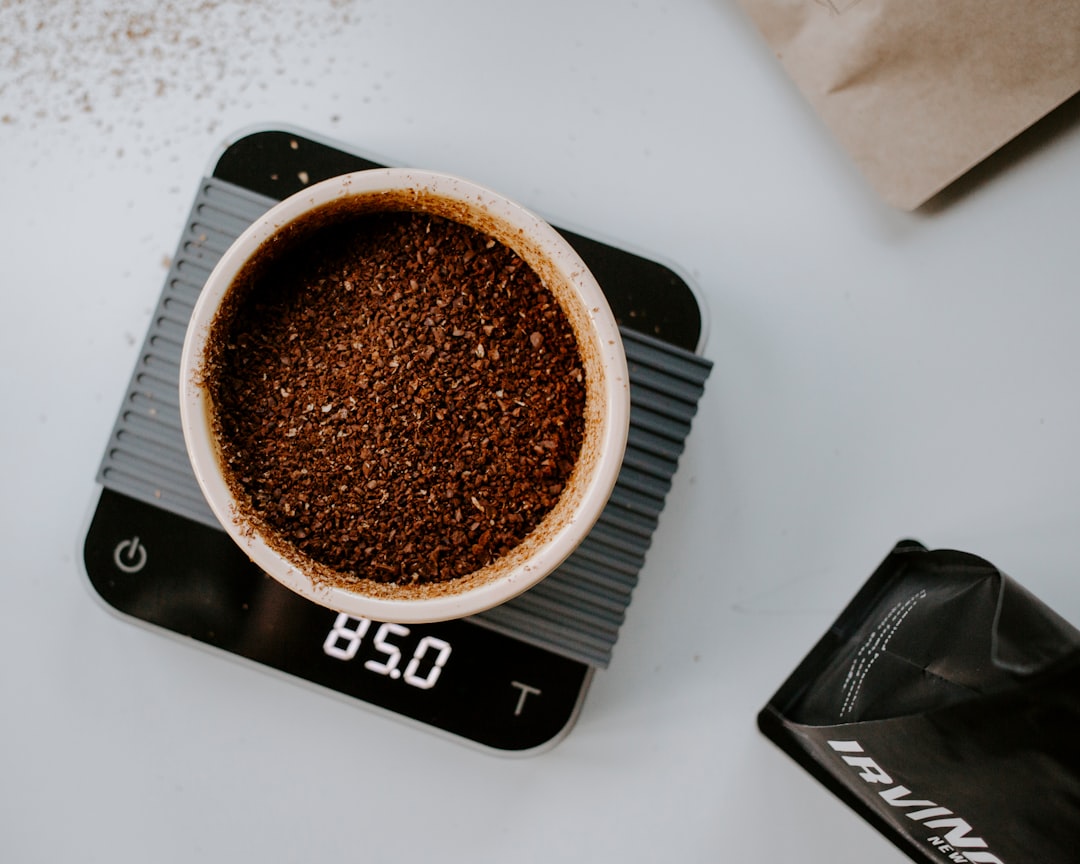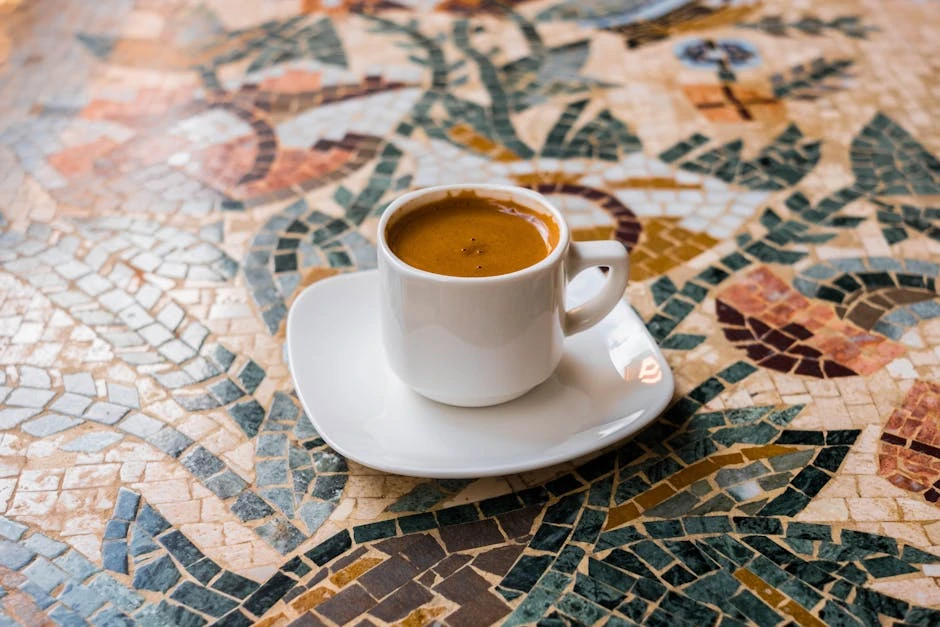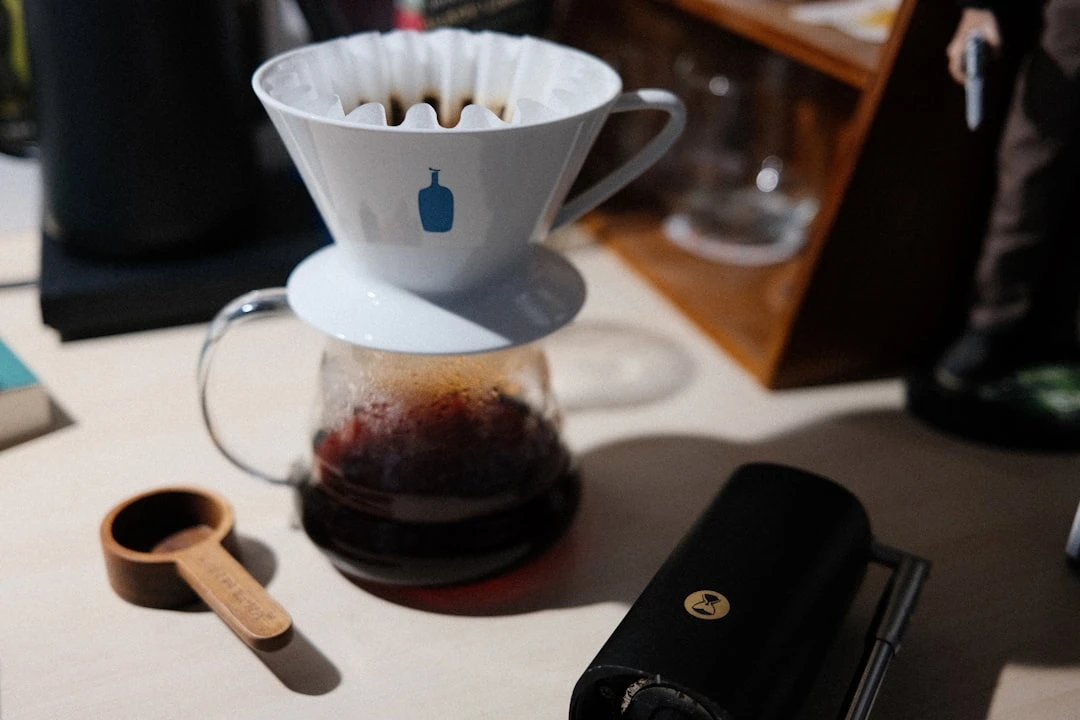The Story Behind Your Coffee Beans

Coffee isn't just a drink—it's a ritual, a moment of comfort, and sometimes, pure survival on those rough mornings. Ever stop to think about where those little beans come from? They don't just magically appear in your cup. Every single one has a story, shaped by geography, climate, and the hands that grow and harvest them. And honestly? Knowing that backstory makes every sip taste just a little bit better.
The Four Main Types of Coffee Beans
Most people know about Arabica and Robusta, but did you know there are actually four main types? Ever heard of Liberica or Excelsa? They might not be as mainstream, but they bring their own personality to the mix. Whether you're into smooth and fruity or bold and earthy, there's a bean out there waiting for you.
1. Arabica: The Smooth Operator
- Origin: Ethiopia
- Flavor Profile: Sweet, fruity, and well-balanced with a touch of acidity
- Fun Fact: Arabica beans make up about 60% of the world's coffee production.
If you've ever had a fancy pour-over at a hip coffee shop, chances are it was Arabica. It's delicate, flavorful, and considered the 'premium' bean. The downside? It's a bit of a diva—harder to grow and more vulnerable to pests. But hey, sometimes high maintenance is worth it.
2. Robusta: The Bold and Bitter Choice
- Origin: Central and West Africa
- Flavor Profile: Earthy, intense, and loaded with caffeine
- Fun Fact: Robusta has nearly twice the caffeine of Arabica.
If you need a serious wake-up call, Robusta's got your back. It's tougher, thrives in harsher conditions, and delivers a strong, almost nutty bitterness. Great for espresso, but if you're used to smooth Arabica, be warned—this one's got a real kick.
3. Liberica: The Hidden Gem
- Origin: West Africa and Southeast Asia
- Flavor Profile: Smoky, floral, and slightly woody
Liberica is rare. Like, really rare. Most of it is grown in the Philippines, and it has this distinct, almost fruity aroma. Some people love it, others find it too out there—but hey, coffee's all about exploration, right?
4. Excelsa: The Wild Card
- Origin: Southeast Asia
- Flavor Profile: Fruity, tart, and tea-like
- Fun Fact: Though technically a type of Liberica, Excelsa has a flavor all its own.
Excelsa is often blended with other beans to add some zing. It's got that bright, tangy kick that makes coffee feel a little more adventurous. If your morning cup is starting to feel boring, this might be your escape route.
Coffee-Growing Regions Around the World
Coffee isn't just about the type of bean—it's also about where it's grown. Soil, altitude, and climate all play a role in shaping flavor. That's why Ethiopian coffee tastes nothing like Brazilian coffee. Let's take a little world tour (no passport required).
Africa: The Birthplace of Coffee
Africa is where coffee began, and it still produces some of the most complex, exciting beans out there. If you like bright, fruity flavors, this is your zone.
Ethiopia: A Coffee Lover's Paradise
Legend has it coffee was discovered here by a goat herder named Kaldi, who noticed his goats acting extra energetic after munching on some red berries. True or not, Ethiopia remains a coffee powerhouse. Coffees from Yirgacheffe and Sidamo are floral, citrusy, and sometimes even tea-like. Drinking a cup of Ethiopian coffee? You're basically sipping on history.
Kenya: Bright and Bold
Kenyan coffee doesn't mess around. It's bold, tangy, and has this amazing berry-like sweetness. If you love a coffee with personality, Kenyan beans are a must-try.
Central and South America: Balanced and Smooth Brews
This region is known for balanced, easy-to-love coffees. Smooth, chocolatey, nutty—if you're after a classic, comforting cup, this is the place to look.
Colombia: The Classic Favorite
Colombian coffee is like an old friend—reliable, smooth, and always welcome. It's nutty, caramel-like, and just the right amount of sweet. Perfect if you prefer a mellow cup without too much acidity.
Brazil: The Powerhouse Producer
Brazil produces a lot of coffee—about 40% of the world's supply. The beans tend to be low in acidity with chocolatey, nutty flavors. It's no wonder they end up in so many blends.
Costa Rica: Bright and Lively
Costa Rica takes coffee seriously. The country even has laws to ensure top-notch quality. The result? Bright, citrusy coffee with a crisp, clean finish. Great if you like a little zest in your cup.
Asia: Home to Bold and Unique Coffees
Asian coffee tends to be deep, earthy, and a little different from the norm. If you like rich, full-bodied coffee, this is the region to explore.
Indonesia: Deep and Earthy
Indonesian coffee, especially from Sumatra and Java, is known for its bold, almost syrupy texture. It's spicy, smoky, and seriously intense. If you like your coffee strong and complex, Indonesian beans are calling your name.
Oh, and ever heard of Kopi Luwak? It's that super-expensive coffee made from beans that have passed through a civet's digestive system. Some people swear by it, but ethical concerns around its production have made it pretty controversial.
Vietnam: The King of Robusta
Vietnam is the world's second-largest coffee producer, specializing in Robusta beans. If you've ever had Vietnamese iced coffee—strong coffee with sweetened condensed milk—you know how dangerously good it is.
Why Coffee Origins Matter
Knowing where your coffee comes from isn't just about sounding cool at your local café. It changes how you experience each cup. Ethiopian coffee isn't just 'good coffee'—it's floral, bright, and layered. Sumatran coffee isn't just 'strong'—it's deep, earthy, and almost chocolatey. Every region brings something different to the table, and discovering what you love? That's half the fun.
So next time you take a sip, think about the journey that little bean took to get to you. From farm to cup, every coffee has a story. And the best part? There's always something new to try.
Related Articles

How Many Espresso Shots in a Day is Safe For Health?
Read More →
How Long Does Coffee Keep You Awake?
Read More →


